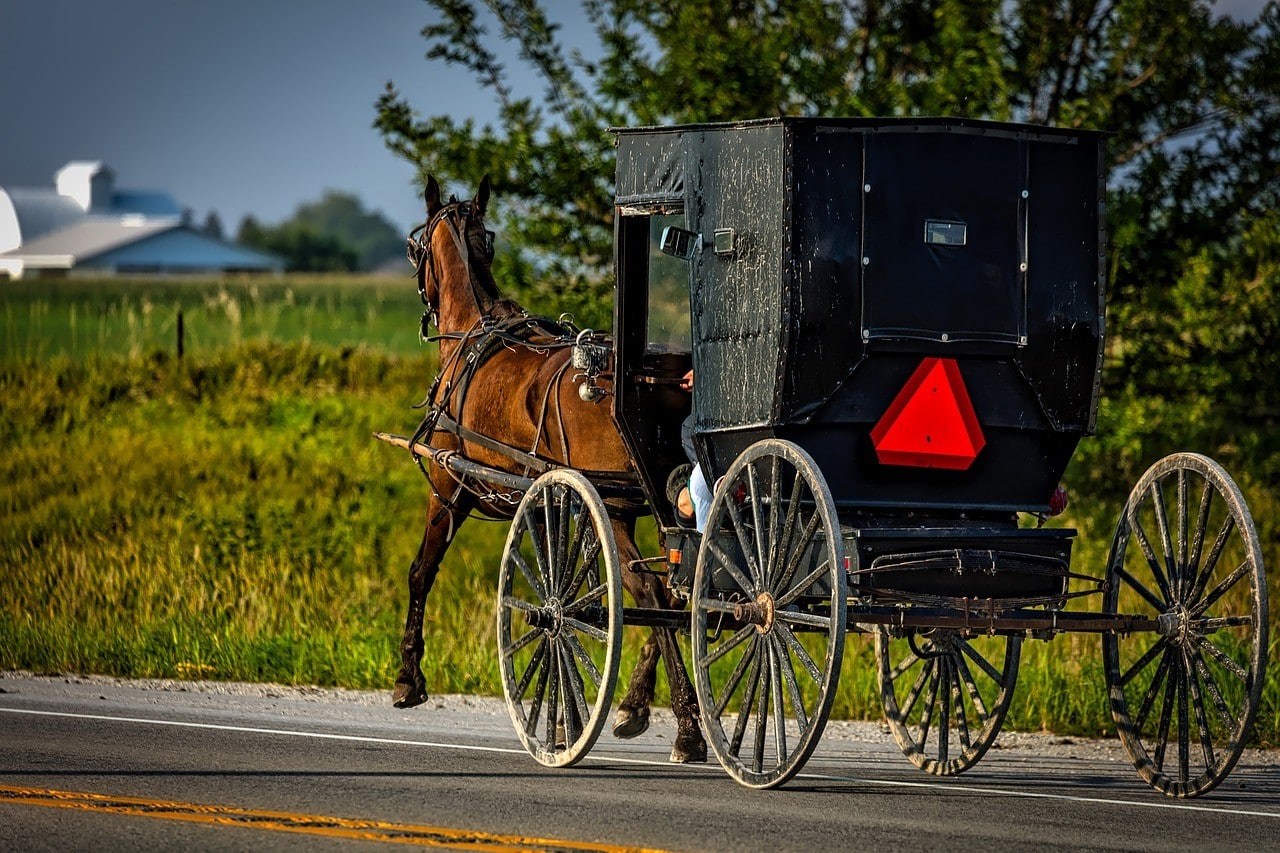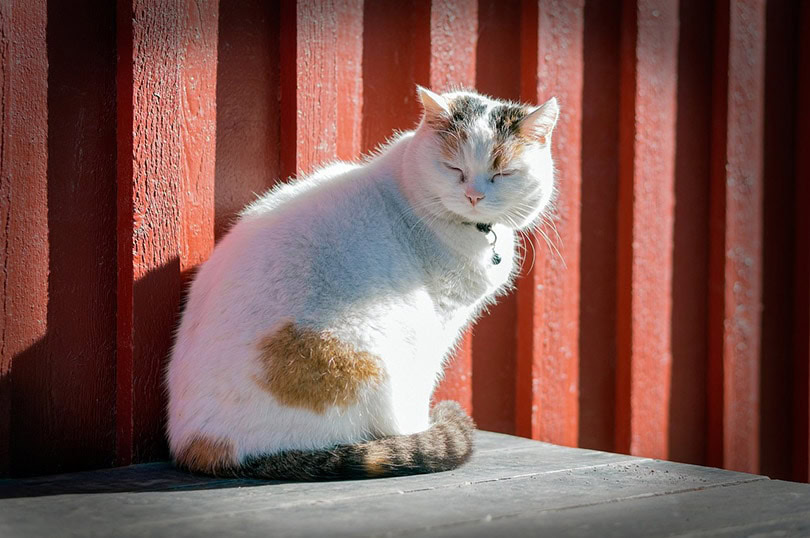Have you ever wondered how far a horse can travel in a day? Many factors will determine the final figure, including the horse’s size, breed, and age. The location and therefore, the environmental and physical demands of the area also play a massive part in determining how far a horse can travel, along with whether they’re carrying a rider or pulling a load.
If you’re planning a day on the trail, intend to compete with your horse, or are trekking on a specific journey and want to be sure you can cover the distance, it is useful to know the answer to this question.
On average, a horse can be ridden between 25 and 35 miles in a day, with the typical distance being closer to the bottom of this range.

Today’s Horses
It is worth bearing in mind that the way that we use horses today is different from how we used them hundreds of years ago. We have cars and other vehicles that will carry us and our goods over long distances.
This means we no longer rely on horses to make long and arduous journeys. As such, while they were once trained and conditioned to complete exceptional treks every single day, they are less capable of doing so today. There are a few exceptions, however, such as endurance races.
While today’s horse can likely travel around 25 miles, the horse of yesteryear would have been better able to travel 35 miles.
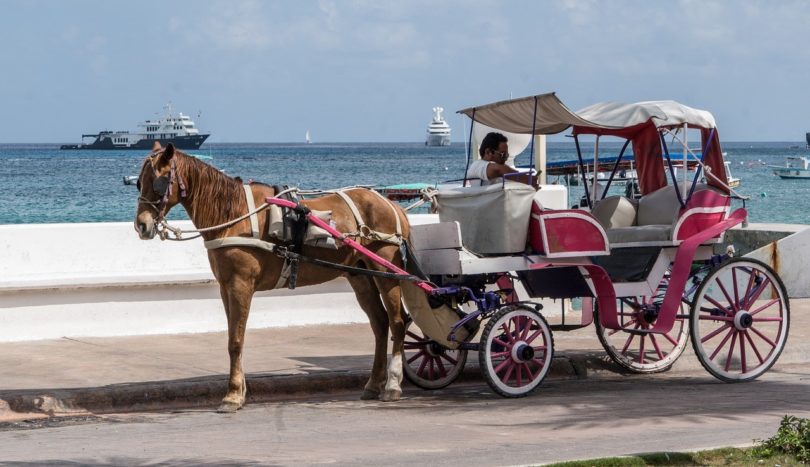
One-Off vs. Daily Commute
A horse might be able to complete a 30-mile journey today but will require one or several days to recover from this feat. If you want to travel hundreds of miles over several days, you and your horse would be better off attempting to complete around 15 miles each day. This will also be easier on you, your back, and the rest of your body.
Athletic Conditioning
The more often a horse completes a long journey, the better equipped they will be to do it again. Horses can benefit from athletic conditioning in the same way that people can. This is especially true of endurance and competitive horses. Follow a professional training schedule, and you can greatly improve the distance that your horse can travel.
An endurance race can last 24 to 30 hours and cover between 50 and 200 miles in total, but these are extreme distances that are comparable to an ultra-marathon runner completing a 100-mile run.
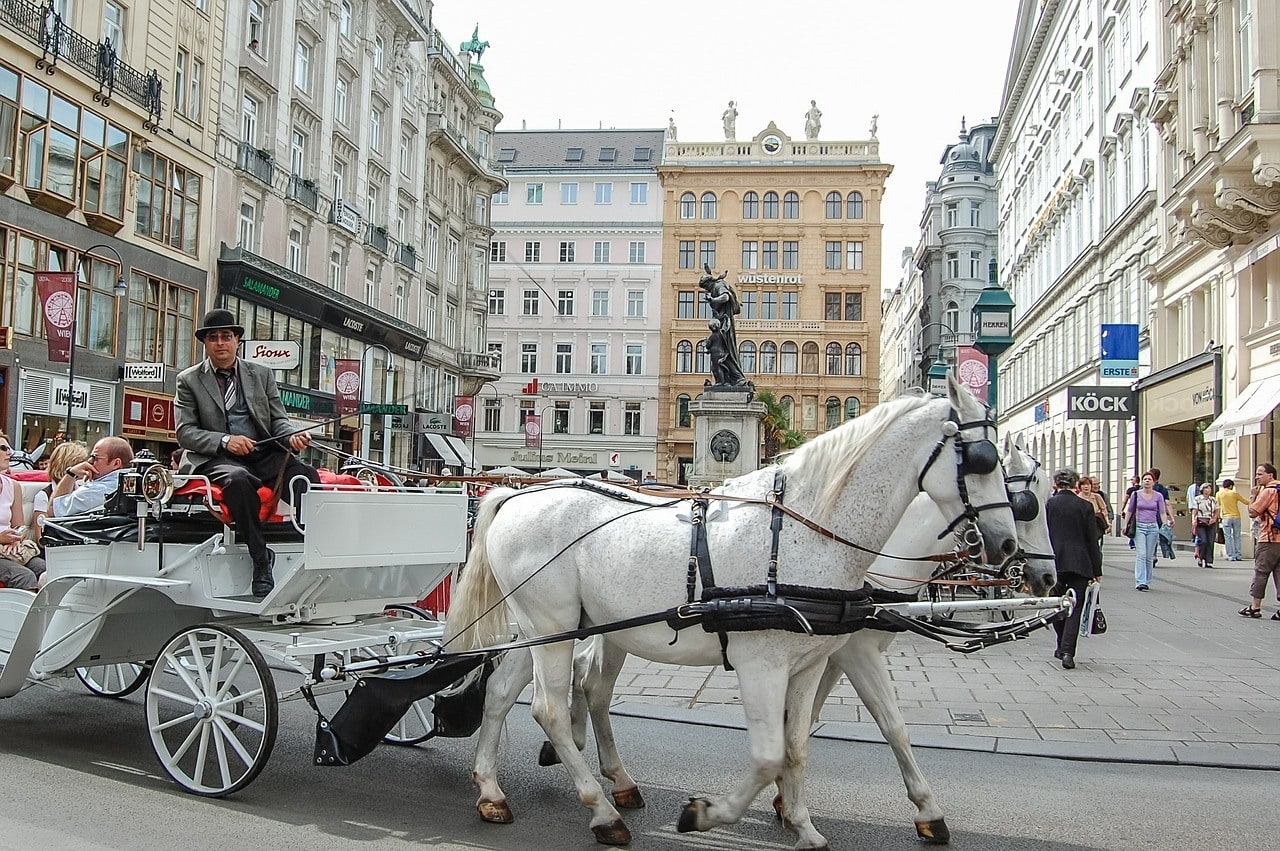
Terrain
Most horses prefer moderate ground under their feet—nothing too wet and boggy or too dry and hard. This enables them to keep going, and it will prevent their muscles from getting sore and injuries from occurring. Anything other than these optimal conditions means your horse will cover less ground.
Weather
Besides ground conditions, horses prefer certain weather conditions. Like humans, they will become exhausted more quickly in the hot sun, though some horses that have been bred in these conditions may prefer hot conditions to cold, wet, and windy ones.
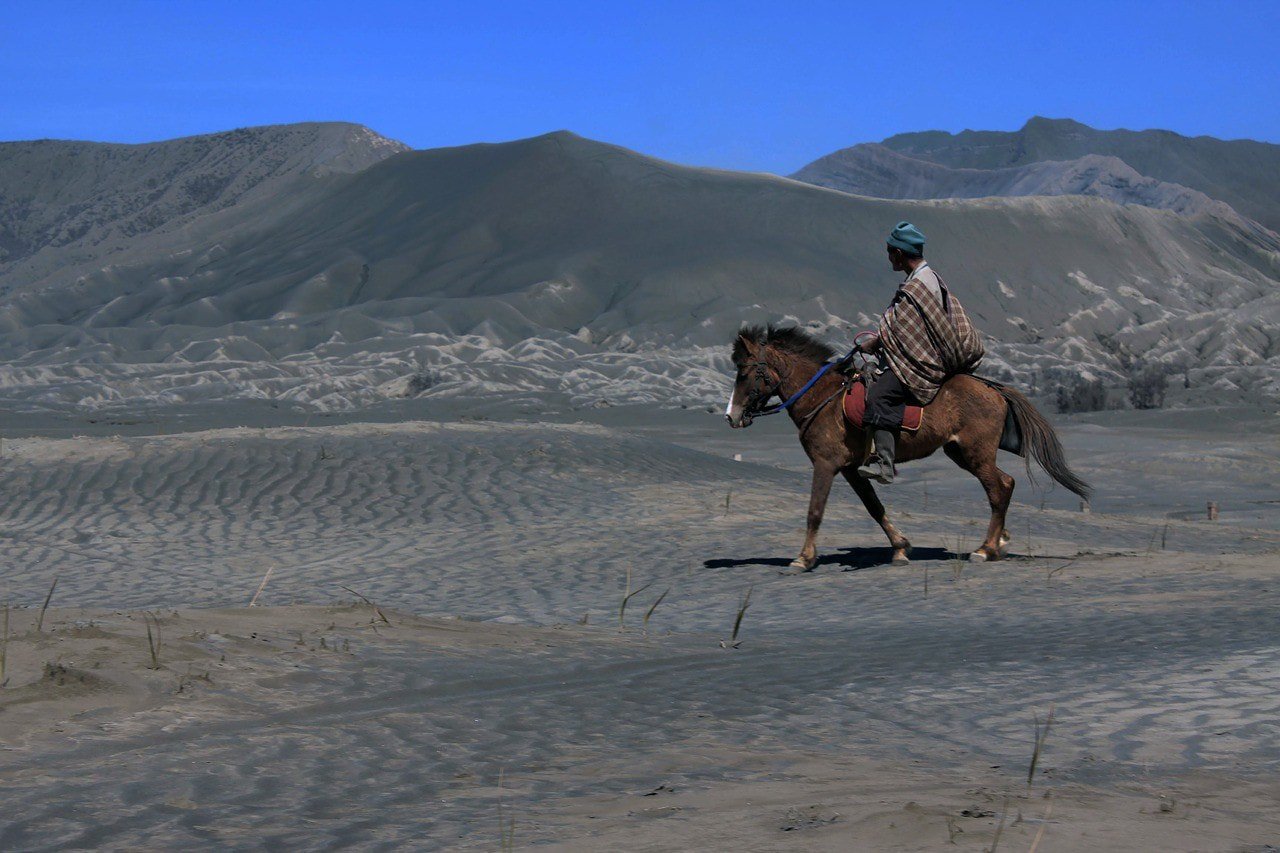
Equipment
Ill-fitting saddles or an ill-fitting bridle can cause discomfort and pain to your horse. This means your ride cannot cover the same distance that they might otherwise have. Losing a shoe will inevitably mean your day’s riding is over, and it could greatly reduce the distance that you cover. Ensure that your horse’s equipment is properly maintained to minimize the risk of injury and the likelihood of having to cut your day short.
Rider Hardiness
While the athleticism, strength, and endurance of your horse are obviously important in determining the daily distance that they can cover, so too is your own hardiness. Riding a horse for 6 hours at once is painful and tiring, and even experienced riders struggle to stay in the saddle for an entire day. While your horse might be able to cover 30 miles, you might have to call it after 10.

Conclusion
Taking all these factors into account, it is fair to say that the average horse and rider can travel between 15 and 20 miles a day. It is exceptional and rare for one to be able to cover more than 30 miles in 24 hours, and even this length of journey would be a one-off trip, requiring several days’ rest afterward, and there would need to be perfect weather and geographical conditions. Also, you and your horse would need to be conditioned for the journey and have the proper equipment.
Related Horse Reads:
- Beautiful Horse Mane Styles You Can Do Yourself
- Most Exotic Horse Breeds
- DIY Horse Jumps You Can Build Today
Featured Image Credit: Pixabay
